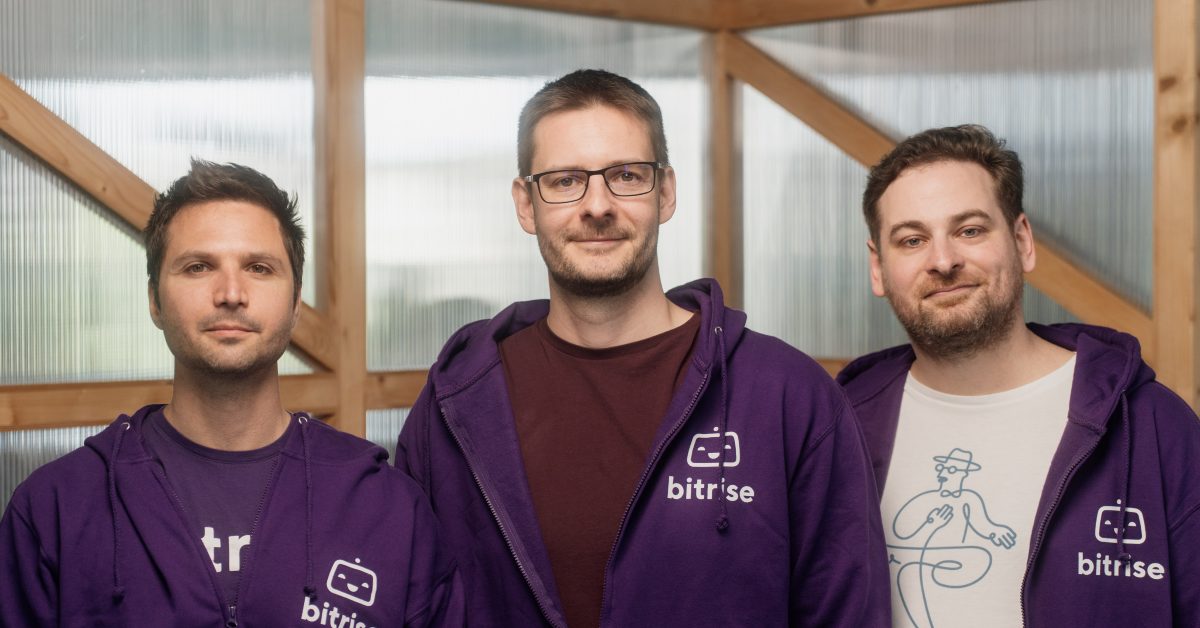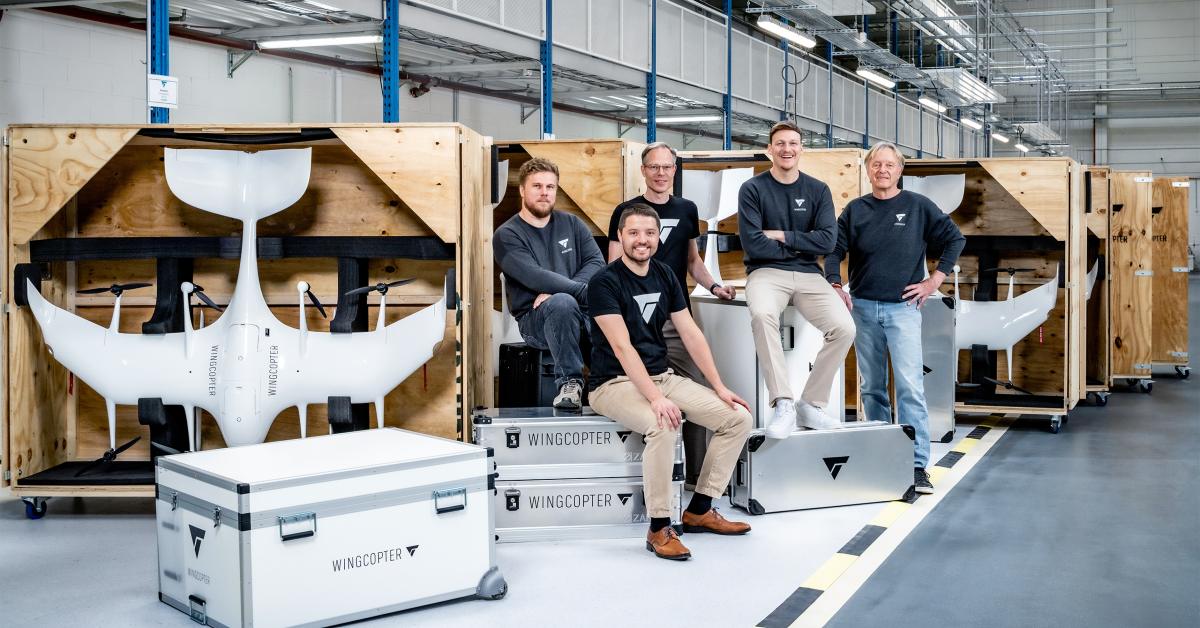London-based ThreatSpike, an end-to-end cybersecurity provider, announced on Tuesday that it has raised $14M (approximately €12.2M) in a Series A funding round led by Expedition Growth Capital.
Expedition is a growth equity firm that focuses on software, with offices located in London and Boston.
The firm offers capital for growth initiatives and shareholder liquidity, along with operational expertise.
“ThreatSpike has the highest level of customer referral-driven growth and satisfaction that we have seen across the cybersecurity industry,” says Will Sheldon, Partner at Expedition Growth Capital. “The company has been growing rapidly and profitably without investment and we are proud to partner with Adam and Kate as they fuse software and services into a unique platform that delivers tangible cybersecurity outcomes for sophisticated customers globally.”
Besides the funding, the company also announced that Will Sheldon, Partner at Expedition, and Emily Orton, co-founder at Darktrace, have joined ThreatSpike’s Board of Directors.
“Adam and Kate are both impressive technology entrepreneurs,” says Emily Orton, Co-Founder of Darktrace. “I am excited to join them on ThreatSpike’s board and use my experience to help scale the business in this new phase of growth.”
Funding utilisation
The funding will support the UK company’s continued global expansion, including additional hires in engineering, security operations, and go-to-market teams.
Last year, the company proactively registered subsidiaries in Singapore, France, the USA, the UAE, and China.
“We will be bringing on employees in these countries to support our global customer base in their local languages and time zones. We have grown our development team 300 per cent since taking the investment and built out a GTM team when we had only two people in sales previously and none in marketing,” says Adam Blake, CEO and Founder at ThreatSpike to Silicon Canals.
At present, the company employs around 50 people and plans to expand the team to 75 by the end of the year.
The company will also accelerate its existing innovation roadmap across its platform offerings:
- ThreatSpike Blue (24/7 managed detection and response)
- ThreatSpike Red (unlimited penetration testing)
Founded by a husband-wife duo
ThreatSpike was founded in 2011 by computer scientists Adam and Kate Blake, following their experience building software and cybersecurity programmes.
“Having worked with large companies, we had seen how much they struggled with detecting even basic security threats despite having invested £millions in solutions like intrusion detection, proxies, and SIEM (Security Information and Event Management), as well as having tried to build internal security operations centres. Despite investing heavily, even tier 1 companies had intrusion detection sensors cabled up incorrectly, SIEM solutions with no working rules, broken event feeds, brittle detections, and lacked threat modeling capabilities,” says Adam.
Fixing the fragmentation in security
ThreatSpike wants to address the urgent problem — the fragmented and inconsistent nature of traditional security tools.
“Companies were trying to detect threats by correlating logs from disparate point solutions (e.g. proxies, intrusion detection, OS, firewalls), but the logs were in totally different formats, often missing key details and companies had all kinds of different solutions, or even none at all,” explains Adam.
As a result, the lack of standardisation across security infrastructure left a critical gap in threat visibility.
“The most urgent priority was to create a standardised set of data from which you could detect and investigate threats. To do this, we built the first engine capable of monitoring network traffic (which is standardised across all networks) and generating telemetry event data to describe what was happening. So if a user uploaded a file or logged into a file share, then the events were always generated irrespective of what technology platforms the company had deployed or what security solutions they were using,” adds Adam.
Simplifies cybersecurity protection
ThreatSpike simplifies cybersecurity protection for organisations with an all-in-one platform that addresses the complexity, cost, and gaps introduced by fragmented toolsets.
ThreatSpike offers essential cybersecurity controls, from real-time threat detection to unlimited penetration testing, enabling companies to safeguard themselves against the constantly evolving landscape of cyber threats.
The UK company’s AI platform monitors billions of events per day across hundreds of thousands of users, and expert analysts and red teamers ensure that customers are secure, 24/7.
“We use AI to speed up triage and remediation of incidents, as well as detect more complex attacks. With AI, we can triage and respond to incidents within 3 minutes, compared to humans who take at least 15 minutes or even hours, depending on their workload,” explains Adam.
Bootstrapped for 14 years
ThreatSpike has been bootstrapped for almost 14 years with no institutional capital to date.
“During this time, the need to make money before we could invest it in new equipment or additional staff slowed the pace at which we could scale. Back in 2013 – 2014, we were consulting investment banks on cyber security during the day, and then at night we were writing the software which would become our core platform,” Adam continues.
“When we purchased our first servers, Dell made us a great offer, which came to £14k, but we only had £19k in the bank. It was a gamble that was hard to stomach, but we had to take it. Being husband and wife, working on the same startup with no guaranteed income was high pressure, but we always believed in what we were building,” reveals Adam.
The industry’s real problem? It’s the vendors
When asked about common cybersecurity mistakes companies make, Adam explains, “I wouldn’t poke holes in what companies are doing—they’re trying their best. It’s the cybersecurity industry that’s failing to deliver simple, effective solutions that simplify the situation for customers.”
According to Adam, the problem isn’t ignorance or negligence on the part of businesses—it’s the way security products are packaged and sold.
Vendors often modularise their offerings, forcing companies to navigate a maze of overlapping tools, hidden costs, and unclear coverage.
“Take EDR, for example—it’s a great technology,” Adam says. “But EDR doesn’t protect against phishing, one of the most common threats companies face. And that’s rarely made clear to customers.”
Adam points out that vendors do not adequately explain these issues to their customers; instead, they simply develop additional tools to monitor SaaS security logs for breaches.
“Email protection? Oh that’s often a different vendor. Phishing through Whatsapp instead of email? Another vendor. Who even knows at this point all the solutions a company needs to protect itself?” he concludes.
Currently, ThreatSpike serves over 200 customers with deployments across 90 countries, including industry leaders in hospitality, industrials, investment management, professional services and other sectors.










01
From Mexico City to Rotterdam: How the Dutch Startup Visa launched Estefania Hernandez’s HR tech revolution